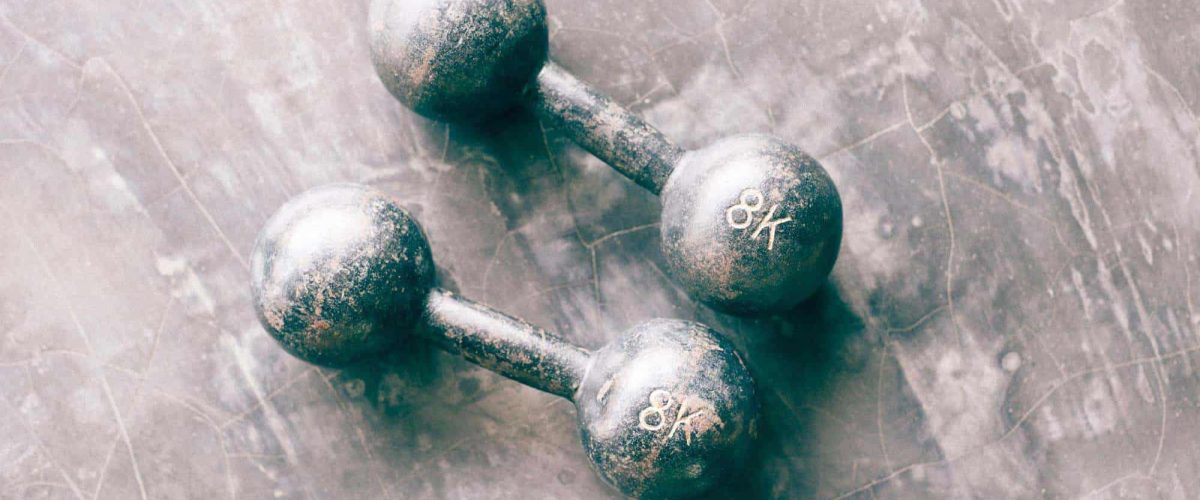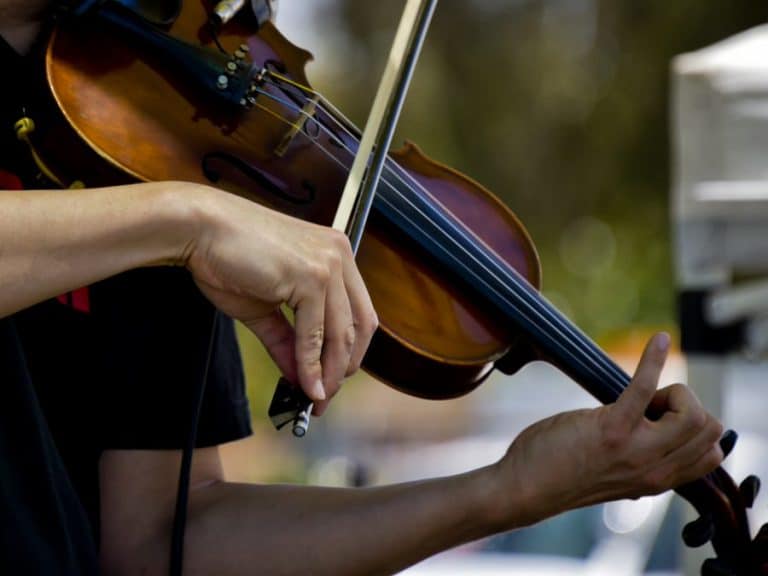Improve Your Violin Technique
Information on enhancing your Violin technique
Dream of making your violin sing sweetly? You need a solid technique to play better and stay injury-free. Technique serves as the bedrock for any musician. It’s not just something to consider; it’s essential. In this beginner’s series of learning the violin, you’ll find the key advice to kick off your improvement right away. This journey invites you to uncover the secrets behind smooth, harmonious playing. Ready to discover the magic lurking in those strings? Dive in and explore how you can transform your playing skills.

Warm-Up
Playing an instrument is not that different from playing a sport and it can be both fun and beneficial to warm up your body. Try doing the following before even picking up your violin.
- Stand with your hands on your hips and roll your hips in a circle.
- Raise and then drop your shoulders.
- Stretch! Put your hands in the air, and then try to touch your toes. (I can’t, but I try every time!)

1. Posture
Play, standing or sitting in front of the mirror so that you can see how you look.
- Aim to stand with your legs shoulder-width apart, with the music stand placed in front of you at eye level so that you do not have to twist your body in order to read the music.
- Violinists also sit to play – for example in orchestras and string quartets. Try to sit with a nice straight back and with your feet flat on the floor.
- Make sure that you hold your violin up. Sometimes it can be tempting to let your left-hand droop, this is also known as ‘shooting rabbits’!
- Make sure that your left arm is bent at the elbow and that your wrist is relaxed – it should not touch the neck of the violin.
- Relax your shoulders. Fight the urge to hunch or curve your spine. If you hold tension in your shoulders as many people do, roll them over and back a few times.
- You should be able to hold the violin without your arms. Put the violin on your shoulder and turn your head slightly to the left on the chin rest. Make sure that your cheek does not touch the chin rest. If you are in the correct position you should be able to let go! (Don’t try this outside!)

2. Hand Position

- When you’re playing the violin it is important that you have soft hands. This means that you should not grip either the neck of the violin or the bow.
- Left hand – Imagine that you are holding a marble in the palm of your hand. The marble should be able to roll all the way from your palm down to your elbow. If the marble gets stuck in your palm then your hand is not in the correct position.
- Right hand – Hold a pencil. Space out the four fingers of your hand along the bottom end. Now bend your thumb and tuck it underneath. You might like to try some ‘rocket up bows’ where you lift the pencil straight up, or you could ‘stir the witches’ pot’. Don’t stir so fast that you drop the pencil though!
3. Bowing

Again, it is useful to stand in front of a mirror while practising your bowing.
- Try playing longbows on each string. You will notice that in order for the bow to remain straight you will have to change the angle of the bow depending which string you are playing.
- Down bows – Pull the bow from the heavy end (the heel) towards the lighter end (the tip). In case you forget which is which, remember that the tip is pointy. Watch out that the bow does not slide towards the fingerboard as you pull it. Make sure that your right arm stays in the same position the whole time you are moving.
- Up bows – Push the bow from the tip towards the heel. Again, make sure that the bow remains straight while you move it.
- As you use the bow watch your elbow. It should only move up or down when you are changing the string. Otherwise, the elbow should just move from side to side.
Incorrect technique makes playing the violin more challenging and tiring. Playing with any kind of tension can cause pain in the shoulders, neck and back, while awkward hand positions can give you stiff fingers and limit your dexterity.
Fixing bad technique can be tricky, so it’s essential to acquire good habits from the start.
Bonus Tips...
Sight Reading
If you can, you should try to sight-read every time you practice.
When sight-reading, it’s advised that you read something just under your current playing level. This way, it’s a challenge, but not too much of a challenge…
Just don’t fall into the trap of reading something that’s too easy – your sight-reading won’t improve if everything is a walk in the park!
I know this sounds obvious but remember, for it to be sight-reading, it needs to be a piece of music you have never seen or practised before.
Fingering and Bowing
Some people underestimate the importance of using correct fingering and bowing when playing the violin.
Fingering is what allows you to play as fast as you need. Your brain learns through creating neurons. The more times you repeat an action, precisely the same action, the more ‘hard-wired’ that neuron becomes and the more your body and brain can do something on ‘auto-pilot’. If you don’t know your fingerings each time you come to play you might choose a random finger. This could particularly be the case when you learn to play higher up the violin.
Play through passages slowly and note on the sheet music the best fingering that feels comfortable. You’ll soon find that you are naturally creating sensible fingering, and if you practice without leaving it to chance, you’ll soon be flying around the violin.
It is also important that you use consistent bowing when playing the violin. Playing on an ‘up’ or a ‘down’ bow can affect the sound you create, and will also feel comfortable (or not) depending on what it is you have to play. Do not underestimate the power of the correct bowing – it can make you sound completely different, and hopefully really good!
Improve Your Violin Technique - Summary
– Warm-up.
– Play while watching yourself in the mirror.
– Relax.
– Use consistent bowing and fingering.
About the Author
Fiona Gibbs
Fiona Gibbs is a violinist and academic based in London. After reading Music at King’s College, London she commenced doctoral studies at the Royal College of Music. Since graduating in 2018 Fiona has worked as a freelance violinist and academic across the UK. She has performed at the Royal Albert Hall with Cinematic Sinfonia, and for members of the Royal Family during her time at the RCM. Aside from music, Fiona loves to travel and explore new places in the UK and abroad, visiting Australia and Cuba in recent years.
Other posts by this author
Discover What 4 Things I’ve Uncovered This Week
As regular as I walk the dog, I send out an email to you with the four most fantastic things that you absolutely have to know about.
So long as it includes something connected to music, it can end up in the e-mail. Think of it as a music pandora’s box!
But you’ll only receive a copy of the email if you gain access below.
Read the next post in this series:




